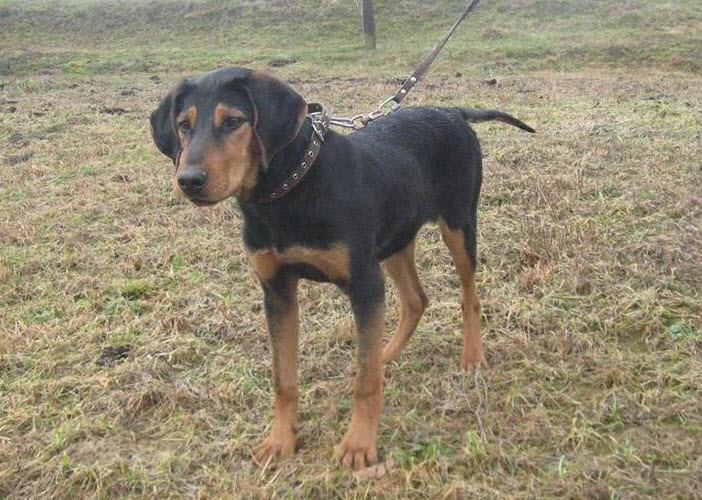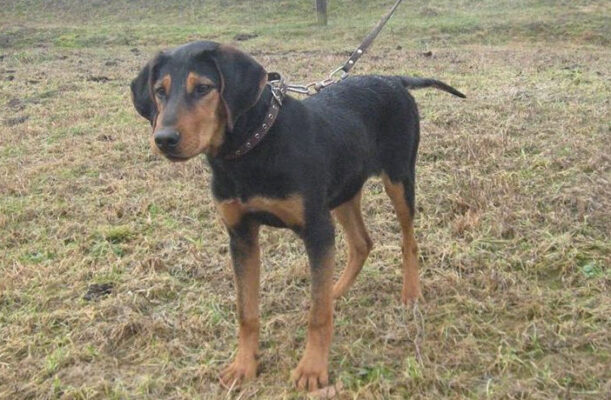One of the Ukrainian national breeds can be considered the hunting Carpathian mountain hound.
It was bred more than 300 years ago in the then Austria-Hungary. As can be seen from the name in the Carpathian regions. Research work on this breed began in the mid-20th century, and in 1985, Ukrainian cynologist Yuri Bukatevich recorded 19 individuals of this hound.
The territory of distribution today is the Western and Eastern Carpathians. Such dogs are also registered in states adjacent to Ukraine that share the Carpathian mountain range of Romania (where it is also called Transylvanian), Poland, Slovakia, and Hungary.
Content
Carpathian - mountain hound
In Ukraine, the place of concentration of this breed is considered to be the Rakhiv district of the Transcarpathian region; in total there are more than a hundred individuals here. Although recently, Carpathian hounds have been acquired by residents of the central and northern regions of Ukraine.

Unfortunately, Carpathian hounds are not recognized anywhere, but are highly valued by experienced hunters specializing in small game. After all, these hunting partners begin to perform their duties almost from puppyhood and can chase prey with a loud bark, find it by blood trail and notify about a dead animal with a howl, and, if necessary, transport the killed game to the hunter.
Today, there are two subgroups of these hunting dogs: lowland and mountain (more precisely, high-mountain). It is worth immediately noting that all hounds of this type are characterized by medium-sized hanging ears with rounded tips that fit tightly to the head, a saber-shaped, fairly long tail, and thick, short, straight hair.
Lowland hounds are quite tall (up to 65 cm at the withers), have a solid black color with clearly defined brown markings on the paws, muzzle and eyebrows. Small white markings are also allowed on the chest, forehead, paws and tip of the tail.
The high-mountain subgroup is distinguished by its shorter stature (up to 50 cm), red or black-red color with yellow markings and can work in difficult atmospheric conditions at mountain altitudes.
In addition to good hunting abilities, these dogs can be considered kind and affectionate family men, capable of promptly giving notice of the approach of a wild animal or a stranger, because most often the houses of Transcarpathian hunters are located close to the forest.
Caring for this dog comes down to just brushing and cleaning the ears.


